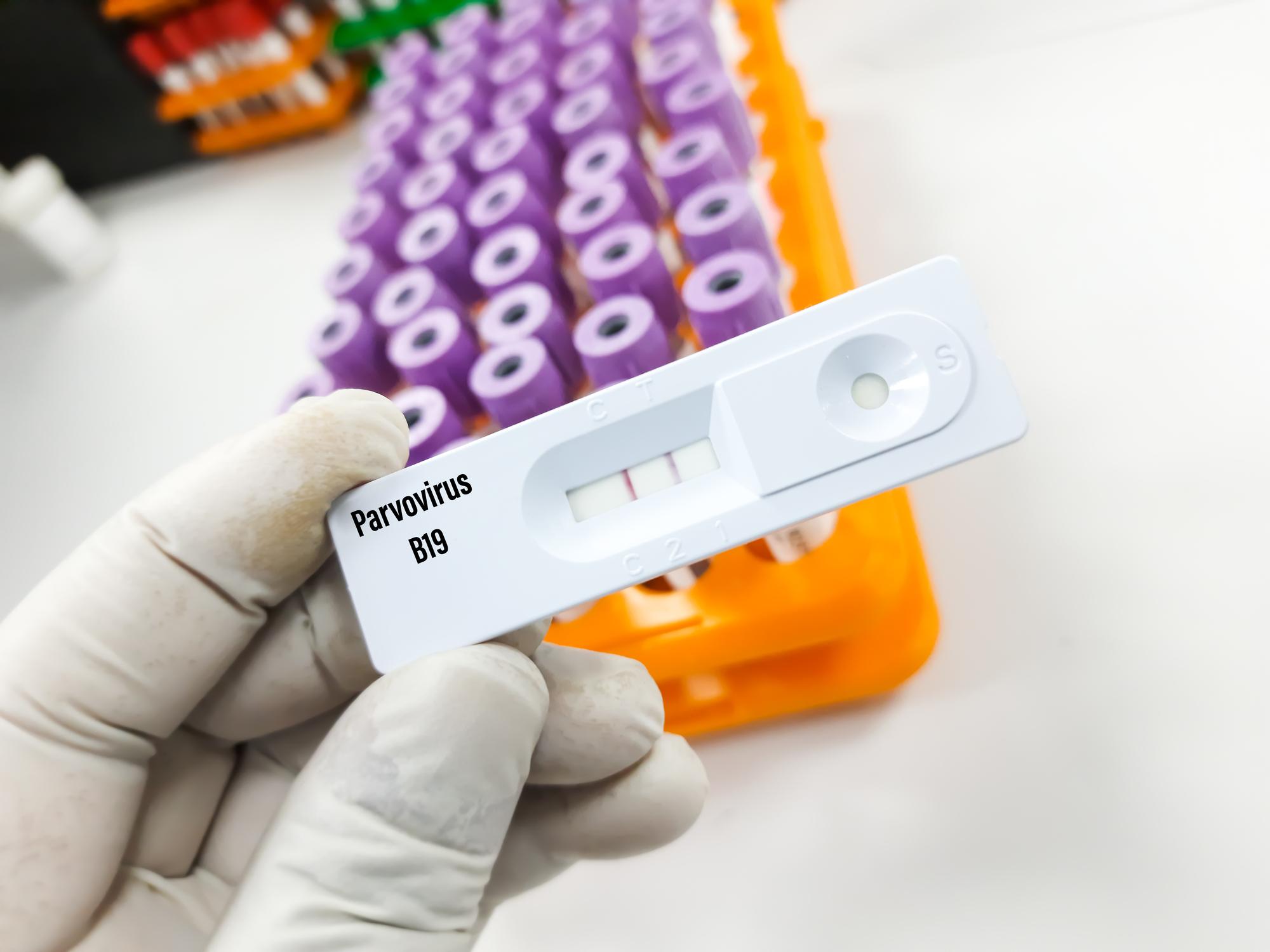
Knowing that a difference in blood pressure reading between the arms is linked to an increased risk of heart attack, stroke and death, researchers at the University of Exeter prove that the greater the difference in blood pressure. arterial blood pressure between the arms, the greater the health risk for the patient.
The greater the difference in blood pressure between the arms, the greater the health risks
It was already known, through various previously published studies, that a difference in blood pressure between the two arms is associated with more health problems. But for the first time, a scientific study sheds light on the subject. Indeed, researchers from the University of Exeter in England have just shown that the greater the difference in blood pressure between the arms, the greater the risk of additional health for the patient.
To arrive at this observation, the researchers carried out a meta-analysis of 54 studies carried out on blood pressure. They therefore based themselves on the data of nearly 54,000 patients and analyzed the evolution of their state of health over a period of ten years. The results show that every mmHg of difference between the two arms increases the risk of angina, heart attack or stroke by 1%.
A difference of 10 mmHg should be considered the cutoff
In Europe, institutions estimate that the threshold for the difference in blood pressure between the two arms, not to be exceeded, is from 15 mmHg. However, scientists believe that the threshold should be lowered to 10 mmHg as explained by the co-author of the research, Professor Victor Aboyans, head of the cardiology department at CHU Dupuytren in Limoges, France: “ we believe that a difference of 10 mmHg can now reasonably be considered an upper limit of normal […] when both arms are measured in sequence at routine clinical appointments. This information should be incorporated into future guidelines and clinical practices for cardiovascular risk assessment. This would mean that many more people would be considered for treatment that could reduce their risk of heart attack, stroke and death. “.
Measuring both arms could ultimately save lives
As for the main author of the study and general practitioner, Dr Chris Clark, of the Faculty of Medicine of the University of Exeter, he recalls in the results of the study, that the international recommendations advise professionals of to properly measure the blood pressure of their patients in both arms.
According to him, ” checking one arm and then the other with a commonly used blood pressure monitor is inexpensive and can be done in any health care setting, without the need for expensive equipment. While international guidelines currently recommend that this be done, this only happens half the time at best, usually due to time constraints. Our research shows that the little extra time it takes to measure both arms could ultimately save lives. “.

















